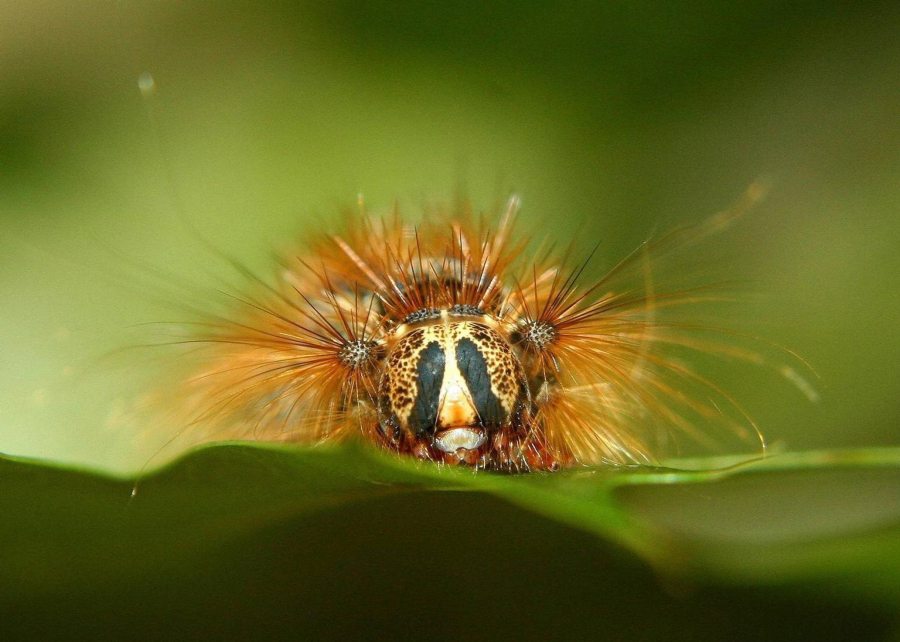To combat the moths, Washington and Oregon’s departments of agriculture will spray the bacterial insecticide bacillus thuringiensis kurstaki, or BTK, from the air at locations where the moths were found.
The spray has been used for decades in organic farming, and research has showed no health impact to humans, fish, pets or bees — only caterpillars. Still, officials recommend area residents stay indoors during and 30 minutes after the spraying.
State officials are worried about gypsy moths invading the Pacific Northwest because they threaten the trees Oregon and Washington rely on. The Asian variety attacks evergreens, which populate the forests, and the European variety eat deciduous trees, which are a major part of the state’s agricultural economy.
Until recently, Washington state was free of gypsy moths for 15 years. Last year, the WSDA put out 19,000 traps around Western Washington and caught 42 gypsy moths. Ten Asian gypsy moths were found in the state, one was found in Vancouver and two others were found in Portland. The rest were the European variety, but none of those were found in Clark County.
“What we don’t normally find is Asian gypsy moths; 10 is the most we ever caught. But it’s way worse because females can fly — so populations can spread much more rapidly — whereas the European females don’t,” Karla Salp, community outreach and environmental education specialist with the WSDA, previously told The Columbian.
Asian gypsy moths are thought to get into the U.S. via cargo ports. Four of them were found at the Port of Tacoma alone. Officials with the WSDA aren’t sure if the moth found at the Port of Vancouver was delivered by boat to the port or if it was trucked down from Tacoma.
European and Asian gypsy moths have wreaked havoc on forests in 20 Northeastern and Midwestern states. The bugs spread quickly and have extensively damaged hundreds of thousands of acres of forests, which, in turn, harms wildlife habitat and stream quality. Once a population is established, it’s practically impossible to eradicate it. European gypsy moths are notorious for damaging as much as 13 million acres of forest in one year.
WSDA spokesman Hector Castro said gypsy moth caterpillars are emerging about a month earlier than normal, forcing agencies to respond quicker.
“We’ve had to operationally squeeze a lot of logistical planning in a much tighter time frame,” he said.





